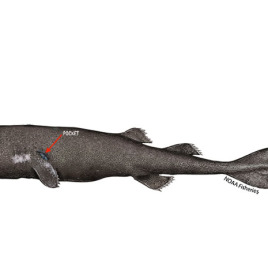
(Image credit:Flying Puffin, model at the Royal BC Museum in Victoria (Canada)).
Complete genome sequencing of two woolly mammoth (Mammuthus primigenius) specimens that lived approximately 4,300 and 44,800 years ago has been completed by researchers. The younger specimen was a member of one of last surviving mammoth populations.
The researchers concluded that the woolly mammoth experienced a temporary population decline before recovering. This resulted in a reduction of genetic diversity within the species before it became extinct.
The two specimens were found in Russia on Wrangel Island (4,300 year-old specimen) and northeastern Siberia (44,800 year-old specimen).
Original research paper published in Current Biology on April 23, 2015.
Names and affiliations of selected authors

